Eric Hattan and Werner Reiterer
They know each other! Do you know them?
17.5. —
13.7.2003
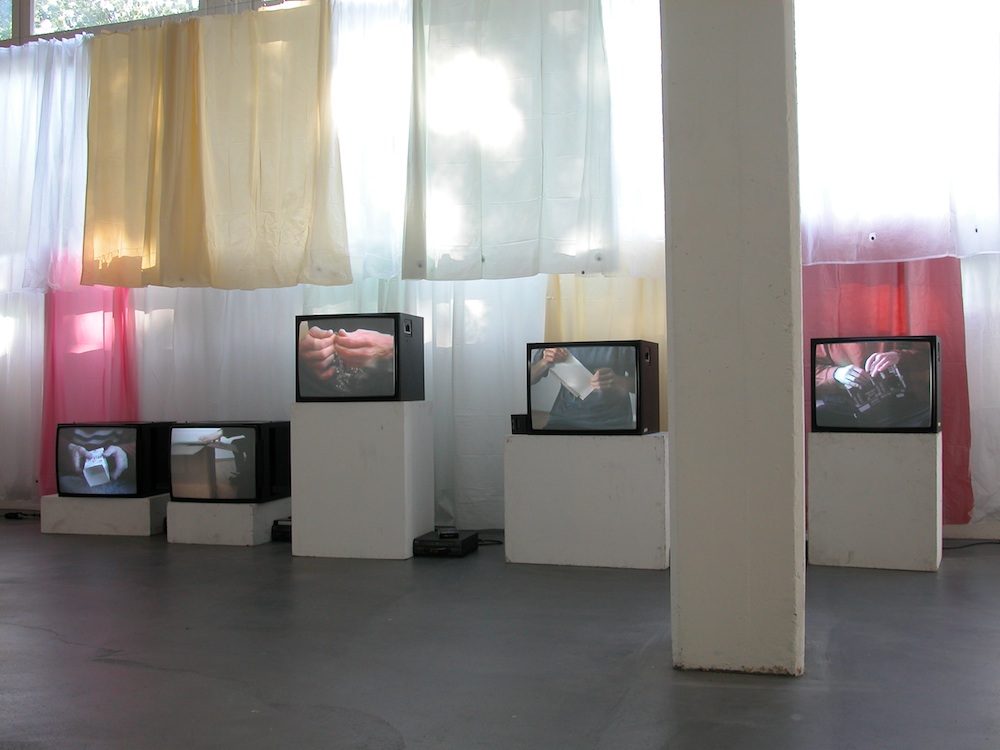
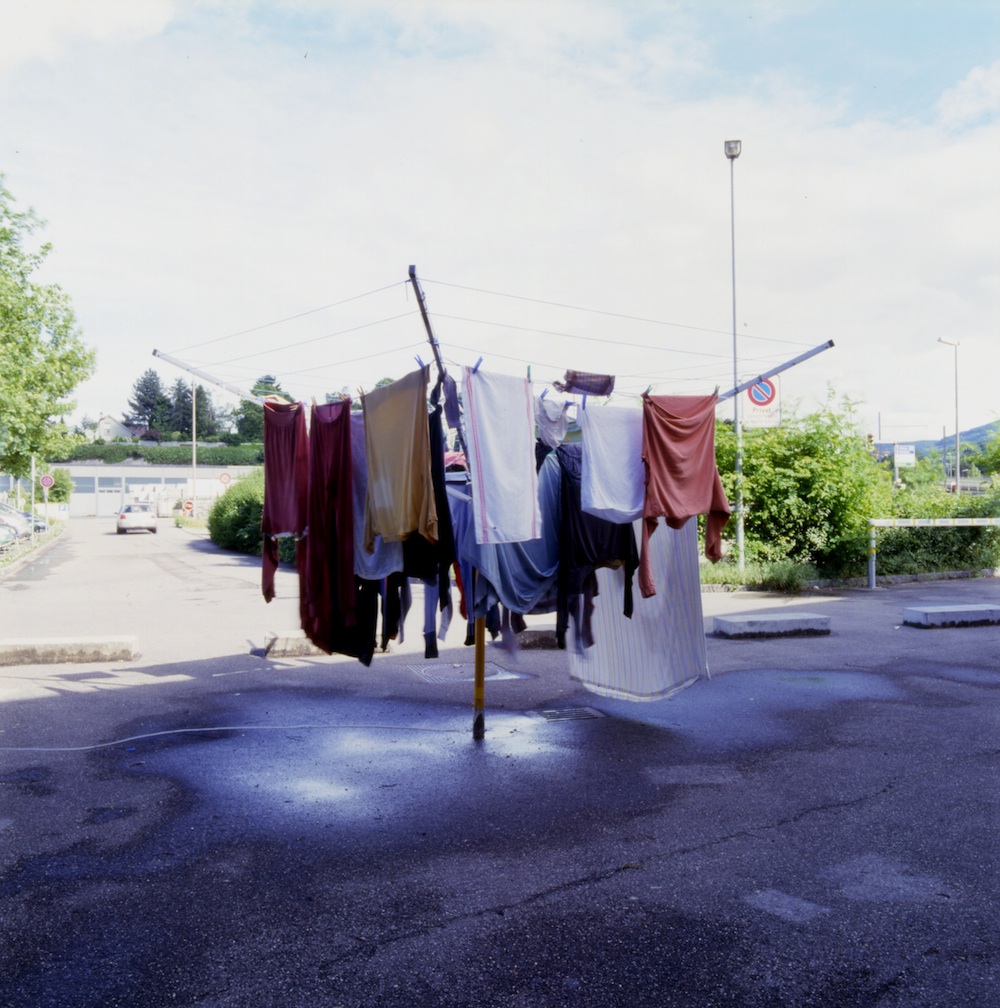
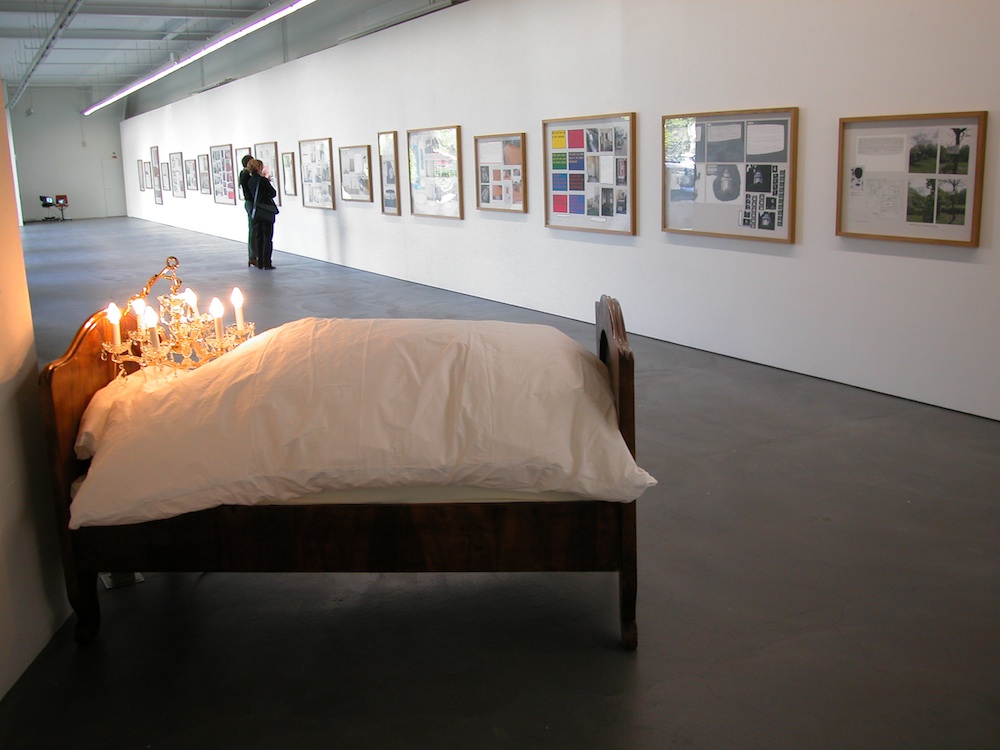
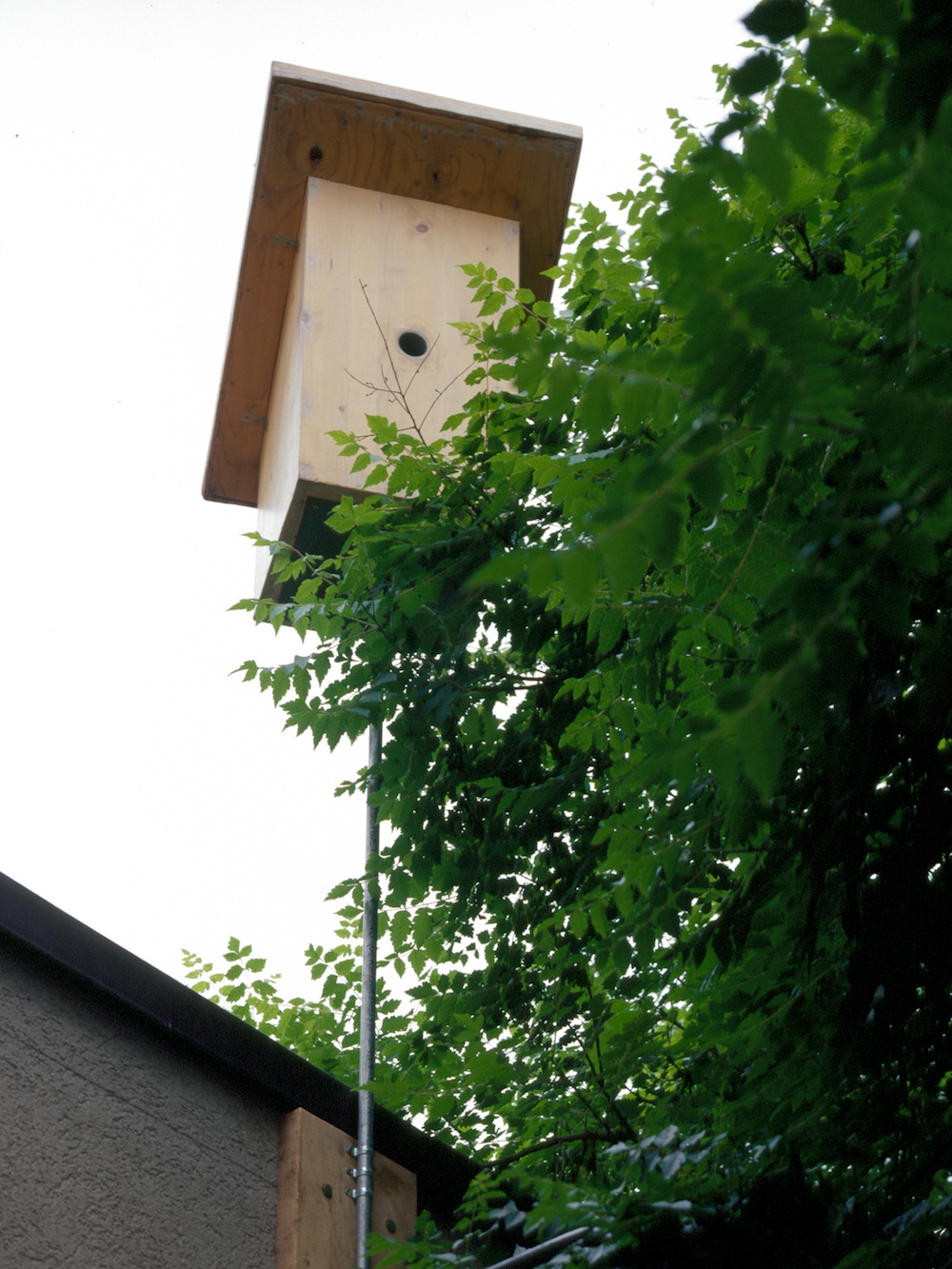

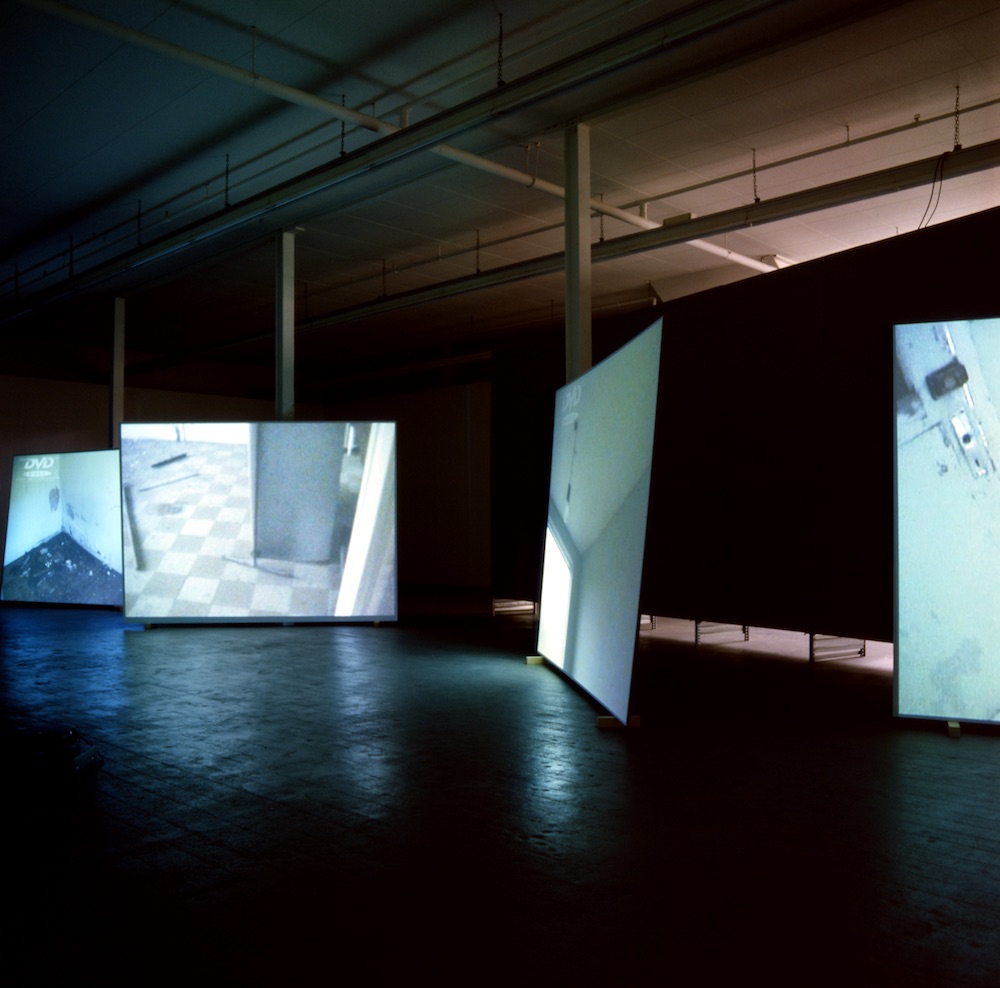
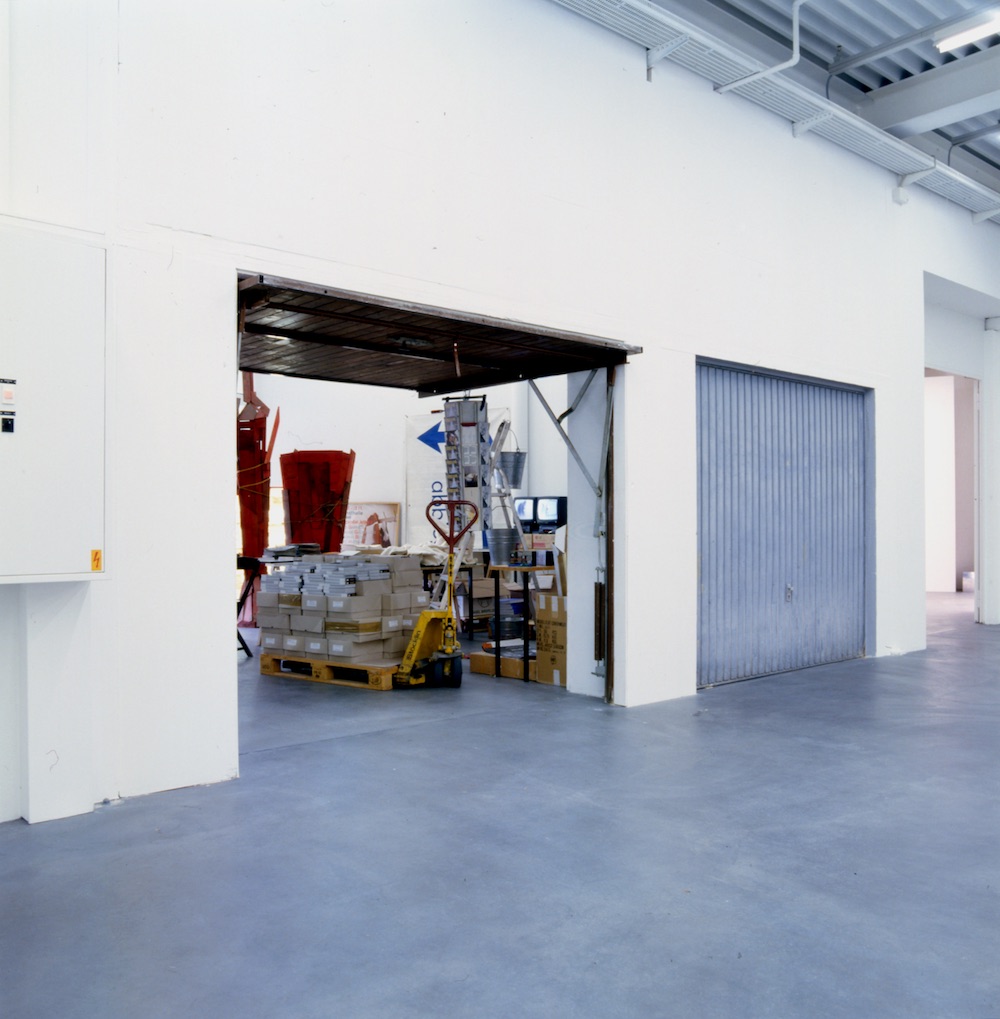
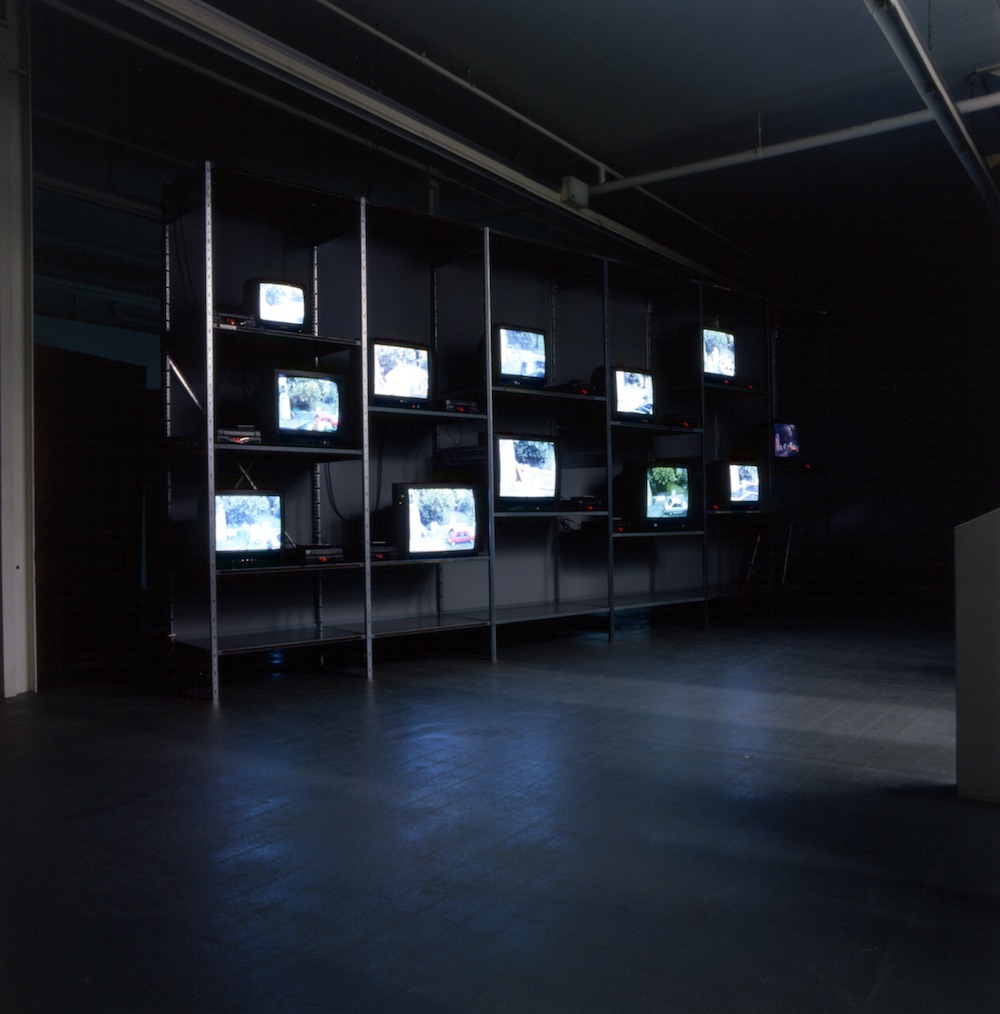
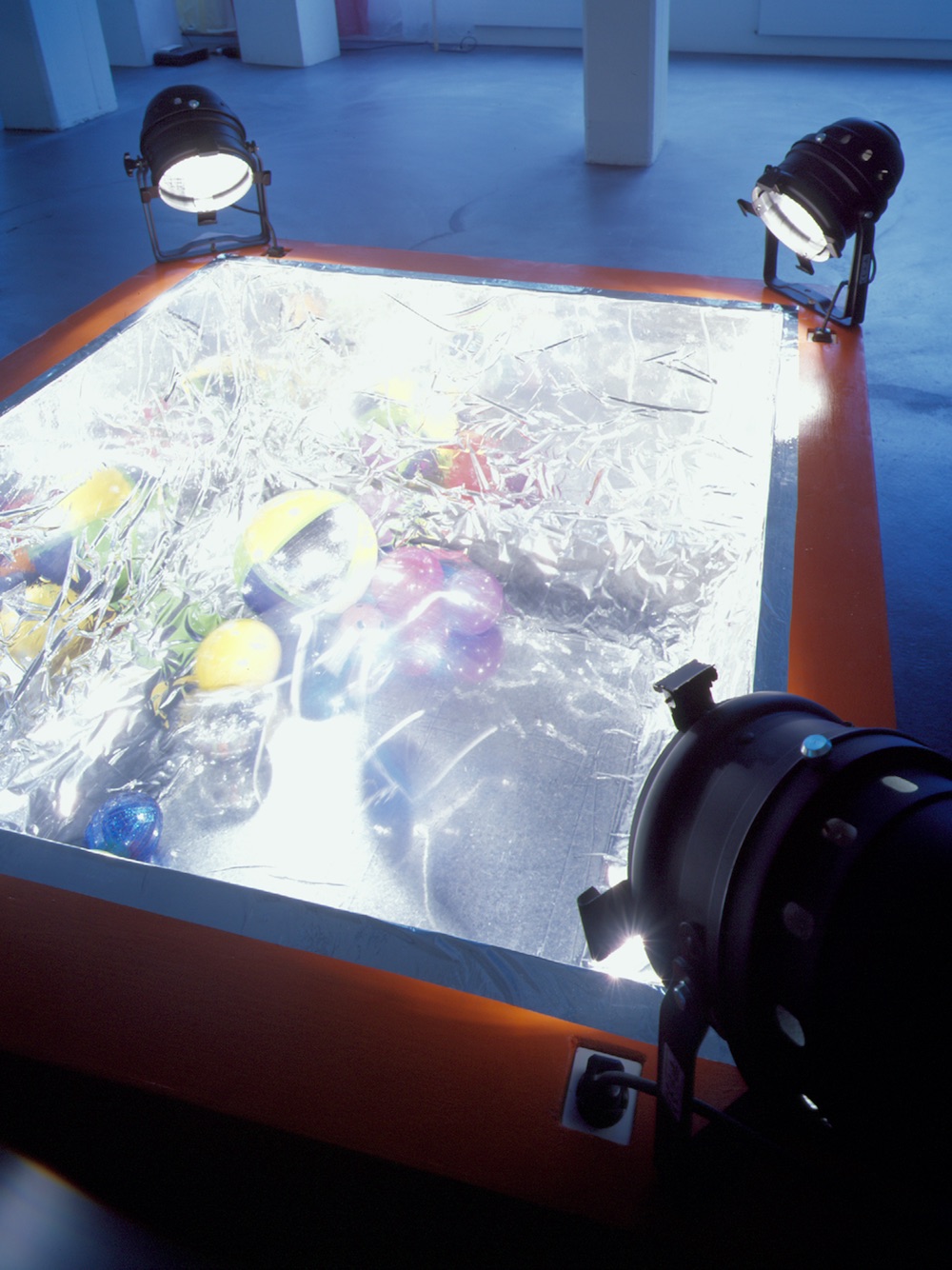
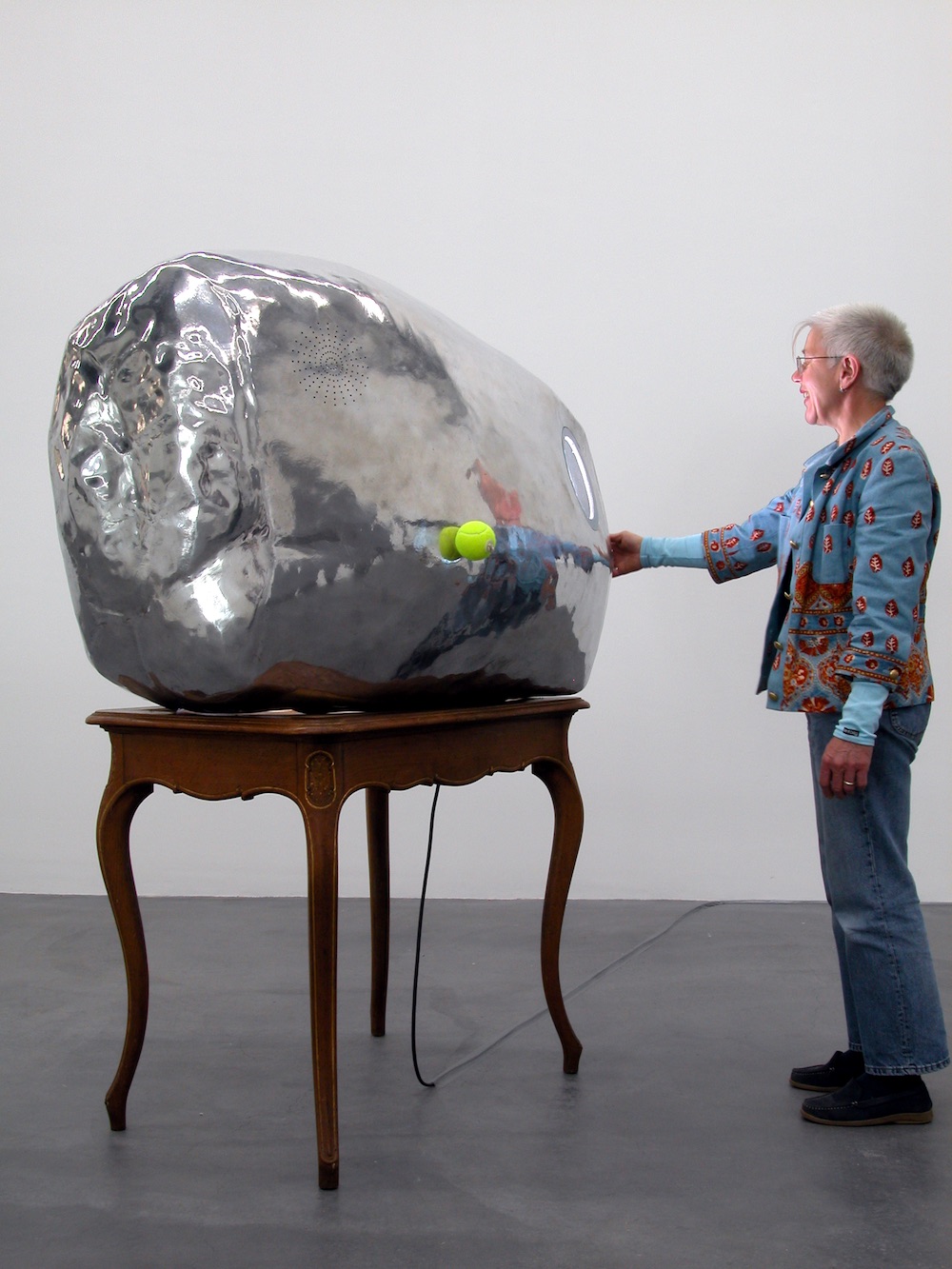
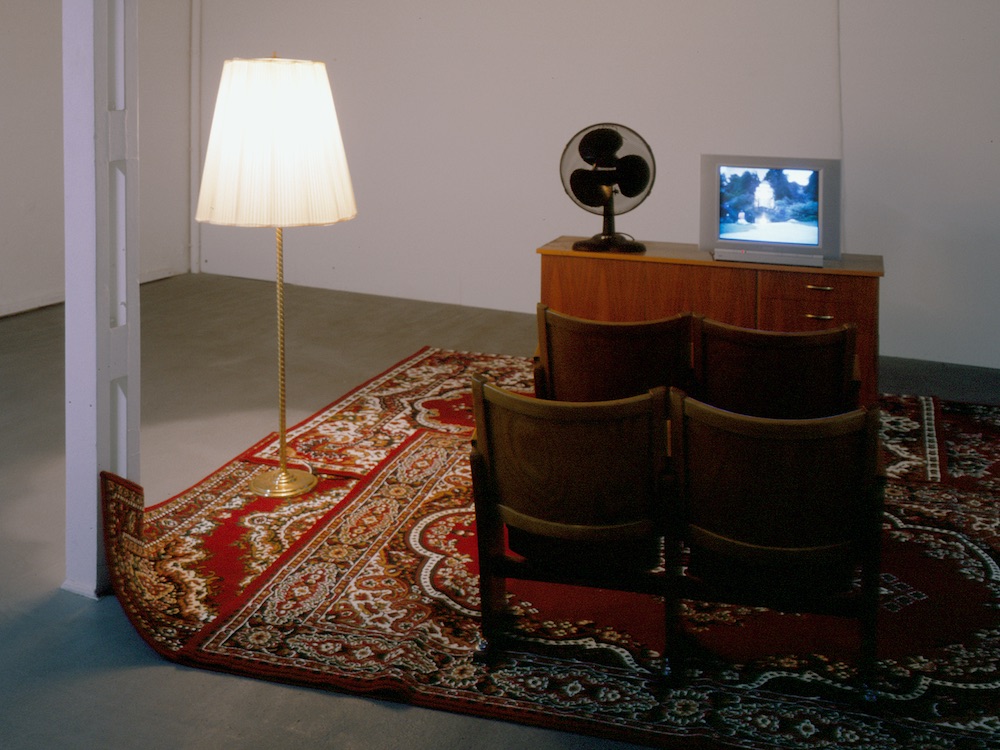
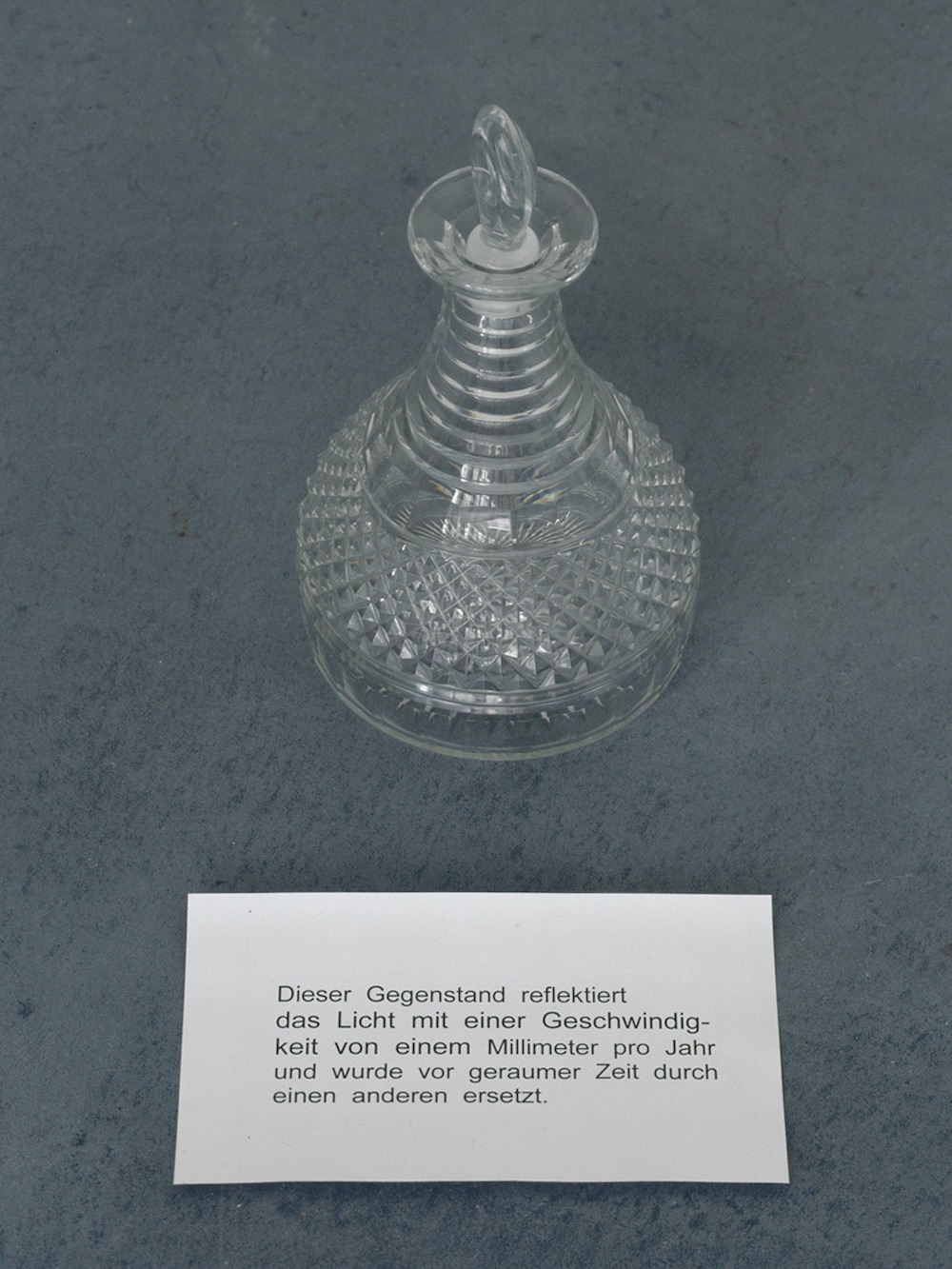
“That could have been one of mine” — that’s what Eric Hattan (born 1955 in Wettingen, lives and works in Basel and Paris) and Werner Reiterer (born 1964 in Graz, lives and works in Vienna) each said, quite independently, on seeing a work by the other.
Although they speak quite different artistic languages there is a close conceptual relationship between them, and this is the starting point for this exhibition — which for the first time provides abundant space to explore where they overlap and what they have in common, to examine differing or individual problems and formulations.
Eric Hattan often puts his exhibitions together on the basis of considerations directly related to their specific locations, which at the same time do not shy away from political observation and involve ideal and non-ideal perceived conditions. In 1996, for example, Eric Hattan made a Berlin street lamp, normally hemmed in by parked cars, the venue for a contextual shift: he built a perfectly ordinary caravan round it. In itself the caravan’s position on the pavement and the street lamp poking out of the top had little effect on the accustomed daily routine, but alert passers-by were confronted by a visual puzzle: a spy-hole in the side of the caravan revealed an interior with no sign of the street lamp that from the outside could clearly be seen to be passing straight through it.
Like Hattan, Reiterer also focuses on context-related considerations — but whereas Hattan concentrates on a specific location, he concentrates on a specific theme. What interests him most is re-orienting everyday situations, which he takes as the starting point for his artistic communication systems. In an art-in-construction project for the Salzburg District Court (1999—2001) Reiterer tinkered with the function of one of three street lamps so that when you came up to it, it started to rotate. Previously nobody had paid any attention to the forecourt, so in effect it had disappeared from view — but the artist’s manipulation gave it a new, seemingly inappropriate, function which thus led passers-by to regard it once more with “mistrust”. Where Eric Hattan takes the street lamp as the starting location for an installation that makes the recipient question both how it functions and how he himself perceives it, the subject of Reiterer’s manipulative interference is the function of everyday objects and hence of everyday life itself.
These two artistic positions come together at various interfaces, then diverge again. They often adopt a similar modus operandi, taking everyday processes as their starting material — but then zoom in on them in quite different dimensions. This exhibition is intended as a form of open conversation, acknowledging similarities and differences, avoiding prescription.
Text by Sabine Schaschl